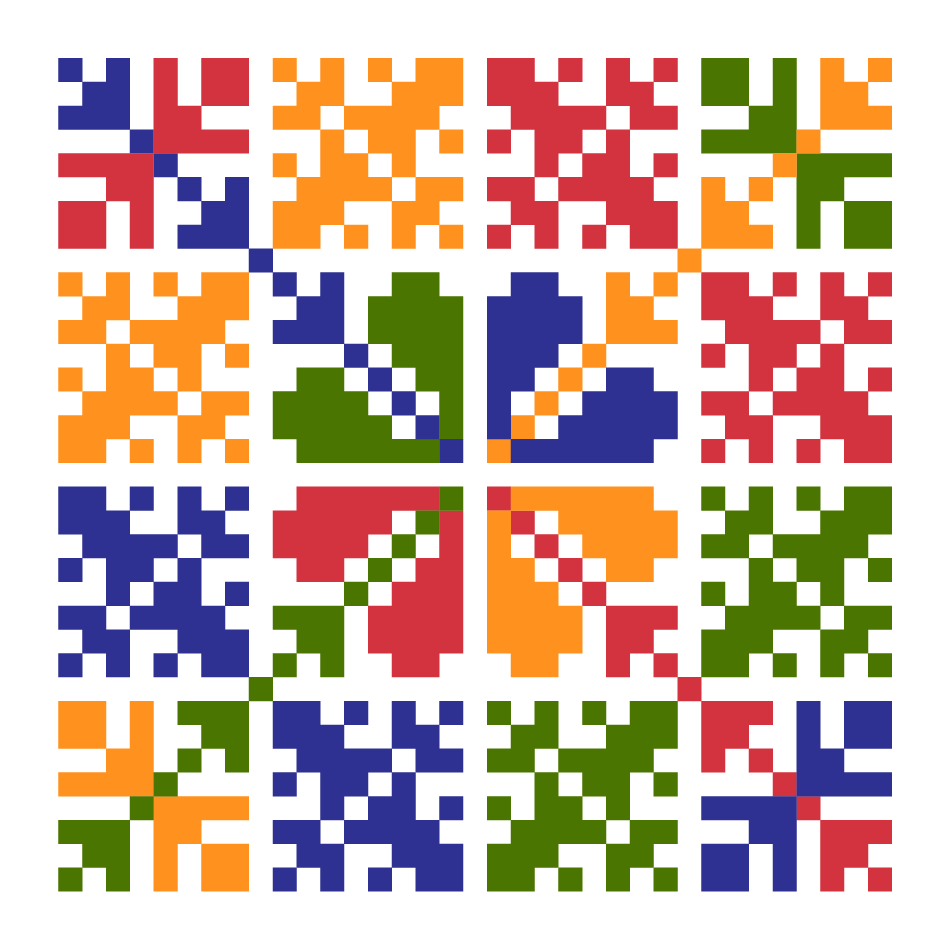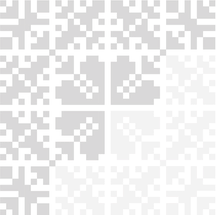C3 M1 L1 Grammar
3 | Modul 1: Gramatika
Kakav otac, takav sin
3 | 1 | Lekcija 1: Obiteljsko stablo
| Masculine nouns and their plural forms
So far you learned 4 types of masculine nouns and how they form their plurality. To refresh your memory about the first 3 groups, go back to the grammar section in Unit 1 – Module 2 – Lesson 3.
Here is only a brief overview of the 4 types.
# | Type of noun: | Example: | Rule: | |
Singular | plural | |||
1 | Regular consonant ending | student | studenti | -i ending |
2
| Monosyllabic nouns | stol | stolovi | -ov -i |
ključ | ključevi | -ev -i | ||
3 | Masculine nouns that end in -k | udžbenik | udžbenici | /k/ /i/ = ci |
4 | Masculine nouns that end in -ac or -ak | policajac | policajci | remove the /-a/ in -ac, add the plural -i |
momak | momci | remove the /-a/ in -ak, /k/ /i/ = ci | ||
Today you will learn another type, as listed below.
# | Type of noun: | Example: | Rule: | |
Singular | plural | |||
5
| Masculine nouns that end in -a | brat | braća | grammatically feminine pl. |
tata | tate | grammatically feminine | ||
You will further expand your knowledge with one specific noun in Type two (noun: stric), and one example in Type three (noun: ujak).
| BRAT
In this lesson you have encountered the noun brat in its singular and plural form. As you probably noticed, the plural form of brat is a bit different than most (i.e., regular) masculine nouns in the plural.
As a reminder, most commonly, masculine nouns in their singular form end in a consonant, such as student. For these, most common nouns, to form the plural we need to simply add an -i: studenti (‘students’).
The noun brat, however, behaves differently. To indicate the plural (brothers), the noun will take the form of braća. Thus, you would say:
Ovo je moj brat. ‘He is my brother’
Ovo su moja braća. ‘They are my brothers’
The form braća will follow the rule for general feminine singular nouns (those ending in -a). Everything surrounding the noun braća (adjective or pronouns) will be in the feminine singular form as well.
As in the sentence above: Ovo su moja braća – the pronoun “my” will be in the feminine singular form. Another example can be when using an adjective. For example: Ovo su moja visoka braća (These are my tall brothers). The adjective “tall” will be in the feminine singular form. To conclude, even though the noun braća indicates a plurality of a masculine noun, grammatically – in terms of the noun, adjective, or pronoun ending – it behaves as a singular feminine noun.
| TATA
Even though this is a noun that indicates a male person, the grammatical gender of the noun is actually feminine, and will behave as such in all case forms. In other words, if you need to use the noun in the Accusative case, for example, you will add the ending that is associated with feminine gender (you already started learning about the Accusative case in Unit 2, but will learn more about it in the following lessons).
However, everything around the noun that provides more information about the noun (such as an adjective or a pronoun) will be in the masculine form.
Here is an example: Ovo je moj tata. The pronoun moj (“my”) has to be in the masculine gender because you are referring to a male person, regardless what grammatical gender the noun carries. You cannot say: Ovo je moja tata.
Compare this to ‘brat’ ~ ‘braća’. It is different!
| OTAC I MAJKA
Just like in English, Croatian has words for father (otac) and mother (majka). In this unit you will be working mostly with words tata and mama as they are much more commonly used in everyday conversation. However, you should be familiar with their more formal synonyms.
Majka is a regular noun that will follow all the rules that you have already learned for feminine nouns that and in -a. There will be more about the word majka as we go through our units because some sound changes appear in this noun.
Otac is a masculine noun that will undergo certain sound changes and will change its form in different cases. Here are some examples for it:
Nominative | form | changes |
singular | Ovo je moj otac. | noun ending in -ac |
plural | Ovo su naši očevi. | fleeting -a-: what remains in otc- becomes a monosyllabic word: otc- -ev -i otcevi: [t] c e = otčevi očevi |
| STRIC
# | Type of noun: | Example: | Rule: | |
Singular | plural | |||
5
| Monosyllabic nouns | stric | stričevi | -ev -i /c/ /e/ = če |
In order to create the plural form of the noun stric, you need to have in mind the rule for monosyllabic masculine nouns (such as koš, ključ) in Croatian, and how we create their plural forms. The same rule applies for the noun stric. Remember those extra parts of -ov and/or -ev? It comes to play an important role here again.
The noun stric is a monosyllabic word. Thus, it follows the rules of having -ev before the regular masculine plural ending. Why -ev and not -ov, you might ask yourself? The answer is: because the noun stric ends in a -c which is considered to be a palatal consonant (together with, č, ć, lj, nj, j, š, ž, dž, đ). Thus, it takes the -ev infix.
How do we come from a singular form stric to its plural form stričevi?
Here are the steps:
1) To the stem of the noun, add -ev (stric ev)
2) Add masculine plural ending -i (stric ev i)
At this point you have: stricevi
However, when -c is followed by -e it has to become -č
Remember: /C/ /E/ = ČE
Finally, you get the plural form stričevi.
| UJAK
# | Type of noun: | Example: | Rule: | |
Singular | plural | |||
6
| Masculine nouns that end in -k | ujak | ujaci | /k/ /i/ = ci |
The plural form of ujak is ujaci. The noun is a representation of type three that you learned so far. When the -k is followed by -i, a sound change occurs in which /K/ /I/ = CI.
G | 3.1 Zadatak 1. Tko su oni? |
In this assignment you will see three pictures. The first person on the left is the one from whose perspective we are observing the relation to male family members.
Be careful, this assignment contains different types of masculine nouns and the rules on how to create the plural form. Possessive pronouns have to agree in gender and number with the noun they describe.
Na primjer:
→ |
Tko je ovo?
Mirta: Ovo su moje sestre.
The example refers to a feminine noun. However, all your sentences will refer to a group of men.
→ |
→ |
→ |
→ |
→ |
→ |
Images used in this document are from these sources.


